How to Grow an Avocado Seed into a Truly Unique Houseplant – Follow These Tips for Success
Got a leftover avocado pit? Plant an avocado pit to grow a leafy houseplant or maybe a tree someday. These steps make sprouting a seed simple.
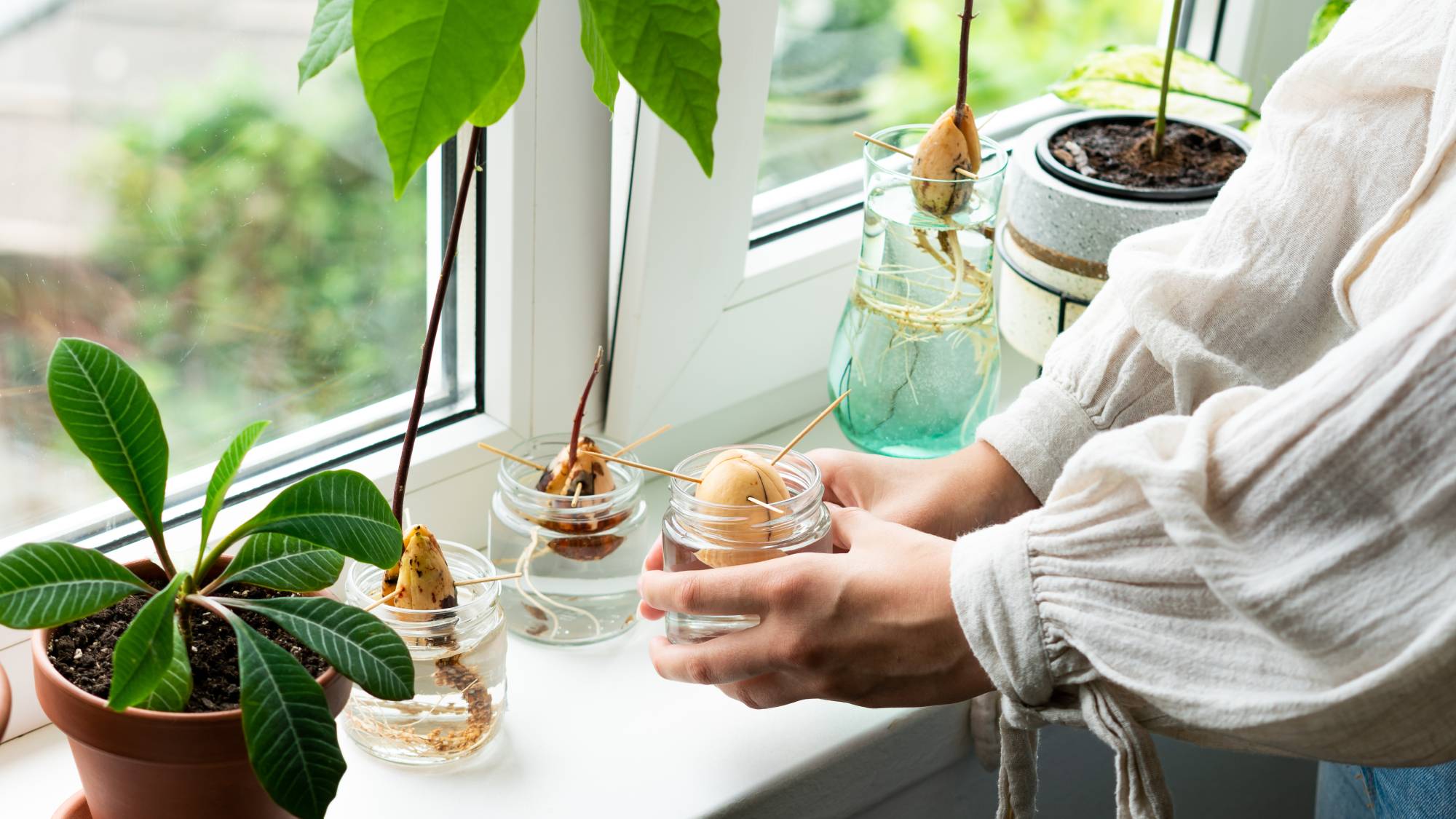

Ever wonder how to grow an avocado seed into something worth keeping? It’s a neat little project that turns kitchen scraps into a green showstopper. A pit can sprout into a plant that jazzes up any room, no fancy gear needed.
Good avocado tree care starts with mastering the basics. Sprouting a seed is step one, whether aiming for a houseplant or dreaming big for fruit years later. It’s a low-cost way to dip into gardening and see what sticks.
My tips, honed from years of experimenting with avocado pits, will make this process smooth for you. Toss in some lesser-known tricks, and that seed has a solid shot at becoming a sturdy plant. Here’s the rundown on getting it done right.
Is It Worth Growing an Avocado Seed?
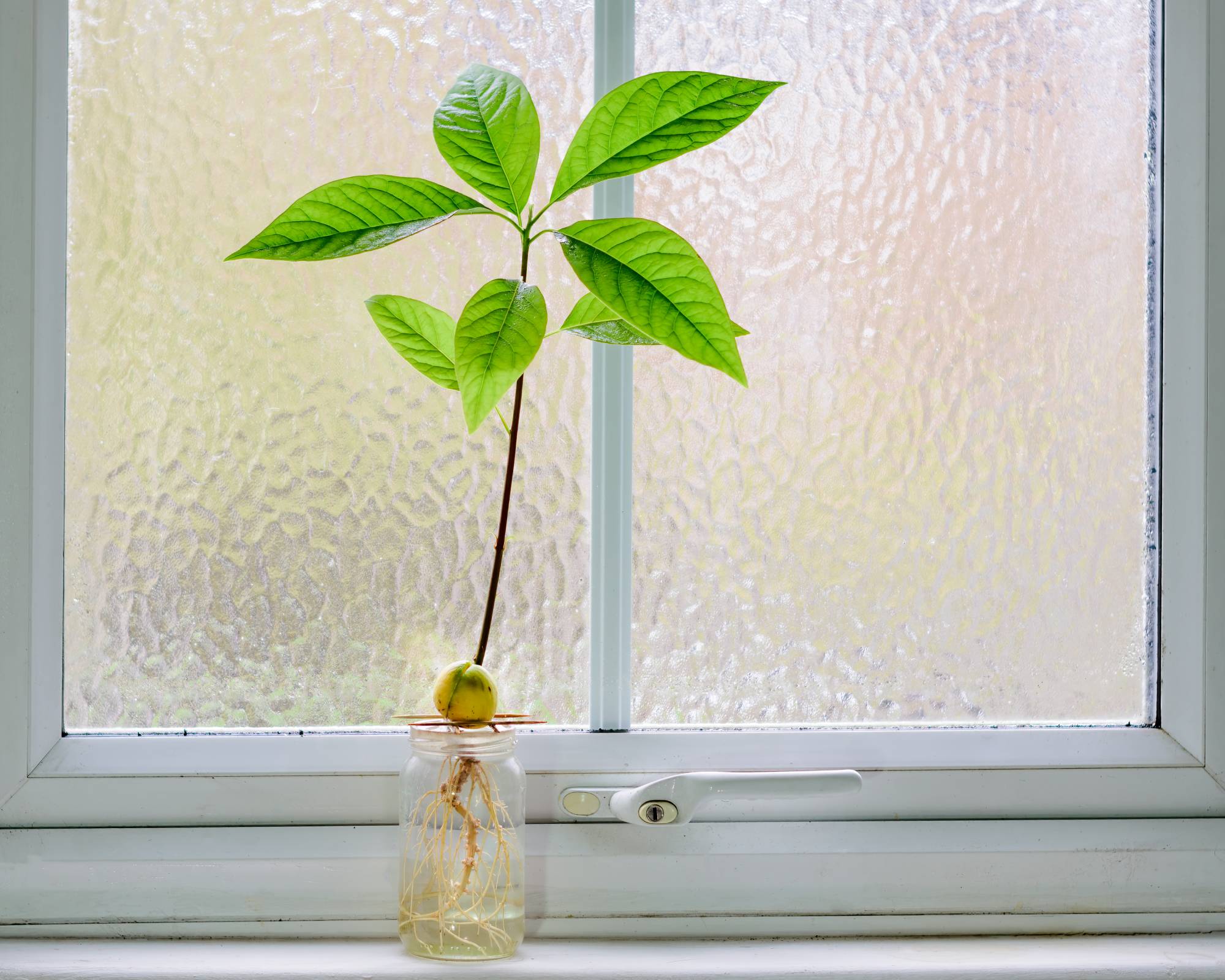
Turning an avocado pit into an indoor avocado plant is a neat trick for anyone who is a plant lover. That leftover seed, bound for the compost bin, can sprout into a shiny houseplant without spending much. In warm spots like USDA zones 9 to 11, it could become a tree, though getting fruit is no sure thing. Most avocados need a buddy tree, like Hass paired with Fuerte, to pollinate and put out fruit.
It takes serious patience for this. A seed might need somewhere around 5 to 10 years to produce any avocados, if it even does, and the fruit could taste very different from the fruit you ate, thanks to the genetic differences. Even so, it’s a pretty cool garden project for kids or folks new to gardening, itching to grow something lively without a lot of effort.
What You Need to Grow an Avocado Seed
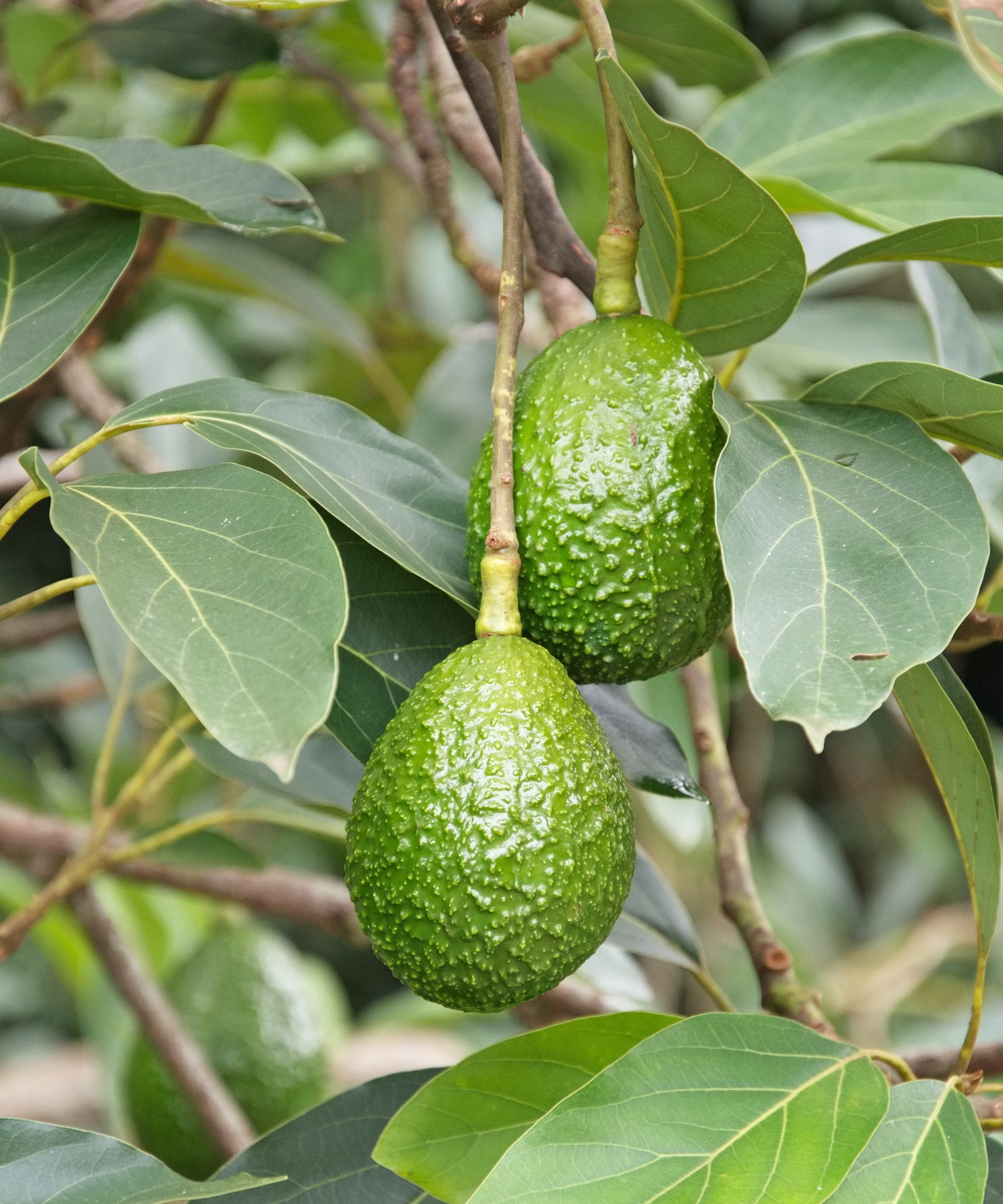
Not much is needed to kick things off. Other than your avocado pit, you just need a few things you probably already have laying around the house.
We will propagate our avocado pit in some water and then transplant it into soil once its root are growing. Here is what you need:
Sign up for the Gardening Know How newsletter today and receive a free copy of our e-book "How to Grow Delicious Tomatoes".
- Glass of water
- 3-4 toothpicks
- Small pot
- Potting soil, well-draining
- Sunny spot on a windowsill
Extra Tips: Seed starting mix, like FoxFarm Happy Frog soil from Amazon, is a good soil for the initial growth of your avocado plant. And a spray bottle help later.
A small knife comes in handy for a trick not everyone knows. And keep a clean rag around to wipe the seed down and dodge mold early on.
Preparing the Pit
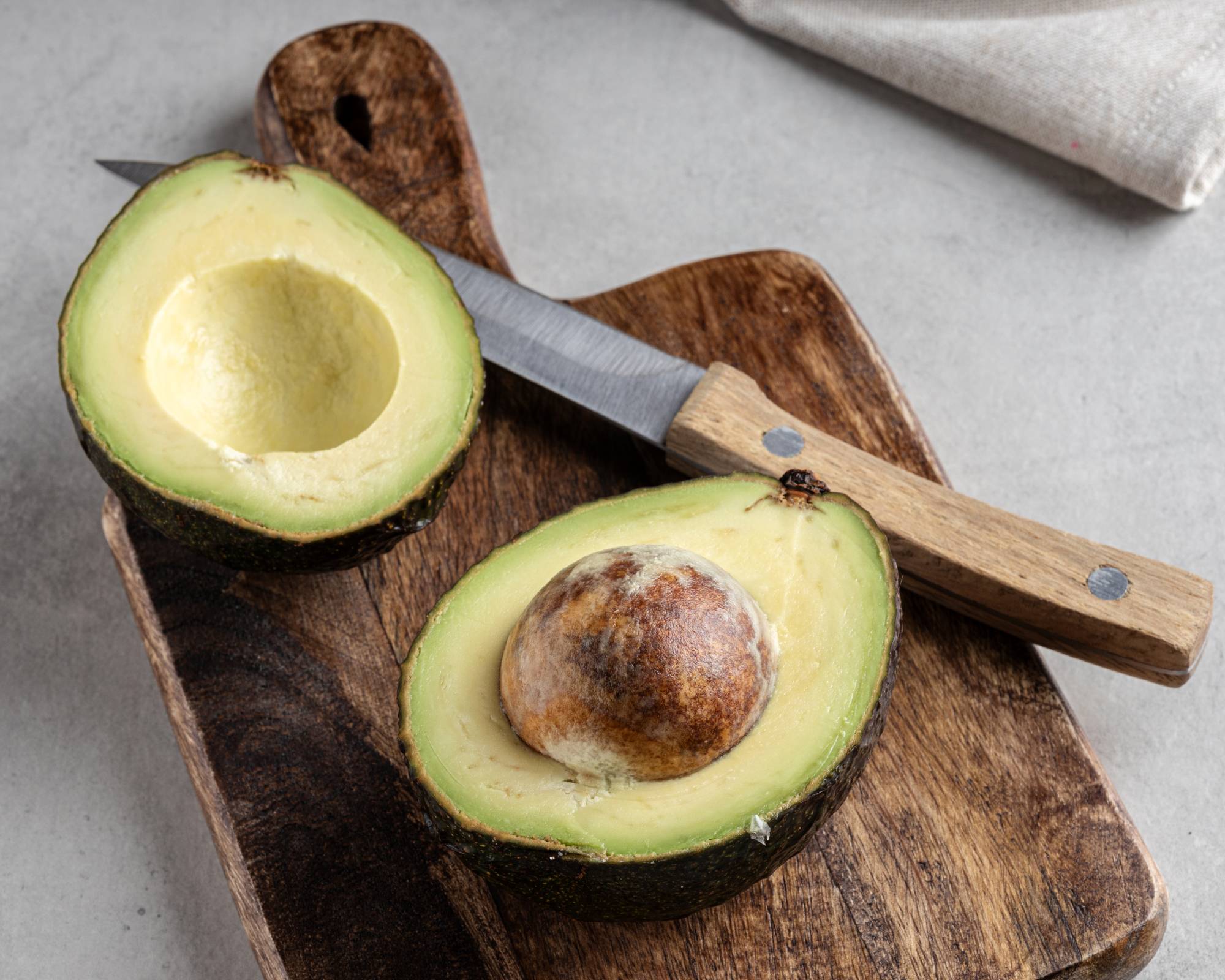
Start by picking a ripe avocado, soft but make sure it isn’t squishy. Scoop out the pit and rinse it under cool water to wash off any of the flesh that refuses to let go. Dry it with a cloth. A good pit feels heavy, smooth, with no cracks or weird dark patches.
It is good to lightly nick the seed to hasten the growth. Gently scratch the pit’s brown skin with a knife to show the pale layer underneath. This little scrape, stumbled on after some stubborn seeds, helps water sneak in faster. Don’t cut deep. All you need is just a gentle scratch.
Best Germination Method
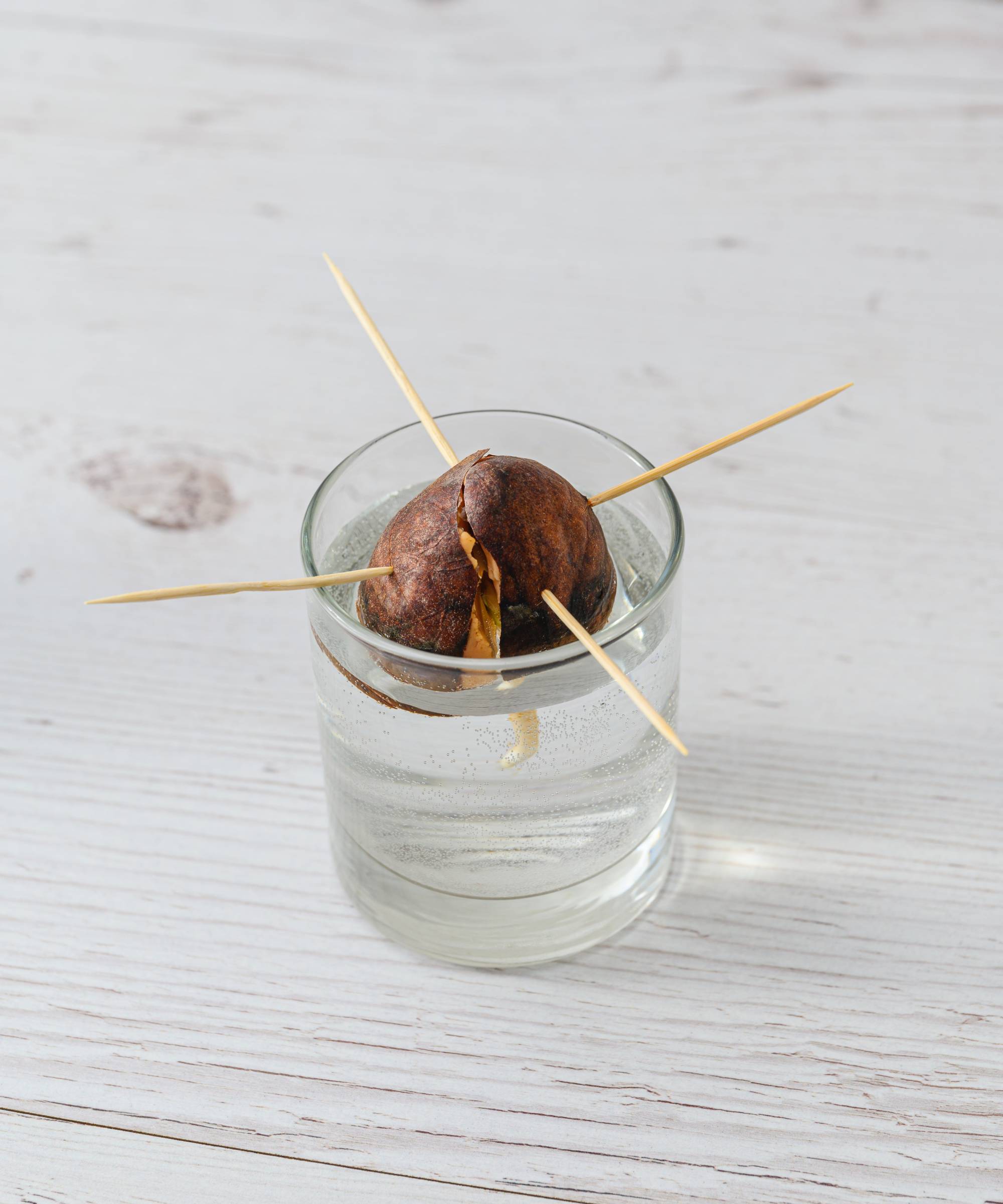
The toothpick-in-water trick works best for sprouting. Jab three or four toothpicks into the pit’s sides, letting it balance over a glass so the fat end barely dips into the water. Place it on a warm, sunny windowsill. Swap out the water every few days to keep it clean. Roots typically show in 2 to 6 weeks, sometimes 8 for slowpokes.
A nifty tip is to toss a pinch of crushed charcoal in the water. It keeps things fresh and gives roots a tiny boost. Soil sprouting is fine but slower and riskier for rot. This glass avocado vase from Huckberry will elevate your avocado seedling experiment and it makes for a great gift, too!
Caring for the Avocado Seedling
When the pit cracks and a sprout pops up, let the root grow to about 3 inches (7.6 cm) in water. Move it to a pot, and make sure that the soil is well-draining. Cover the root and half the pit with soil, but leave the top half the pit out. Water the seedling just enough to dampen the soil, not soak it, and set it in bright, indirect light. Nip off the top leaves at 6 inches (15.2 cm) to make the plant bushier, not a skinny stick.
You can add another step if you want to help your avocado even more. Spritz leaves daily with a spray bottle. I like an ultra fine mist. Some like these spray bottles from Amazon can even spray continuously. Avocado seedlings love humid air, especially in dry houses.
Transplant the Avocado Seedling
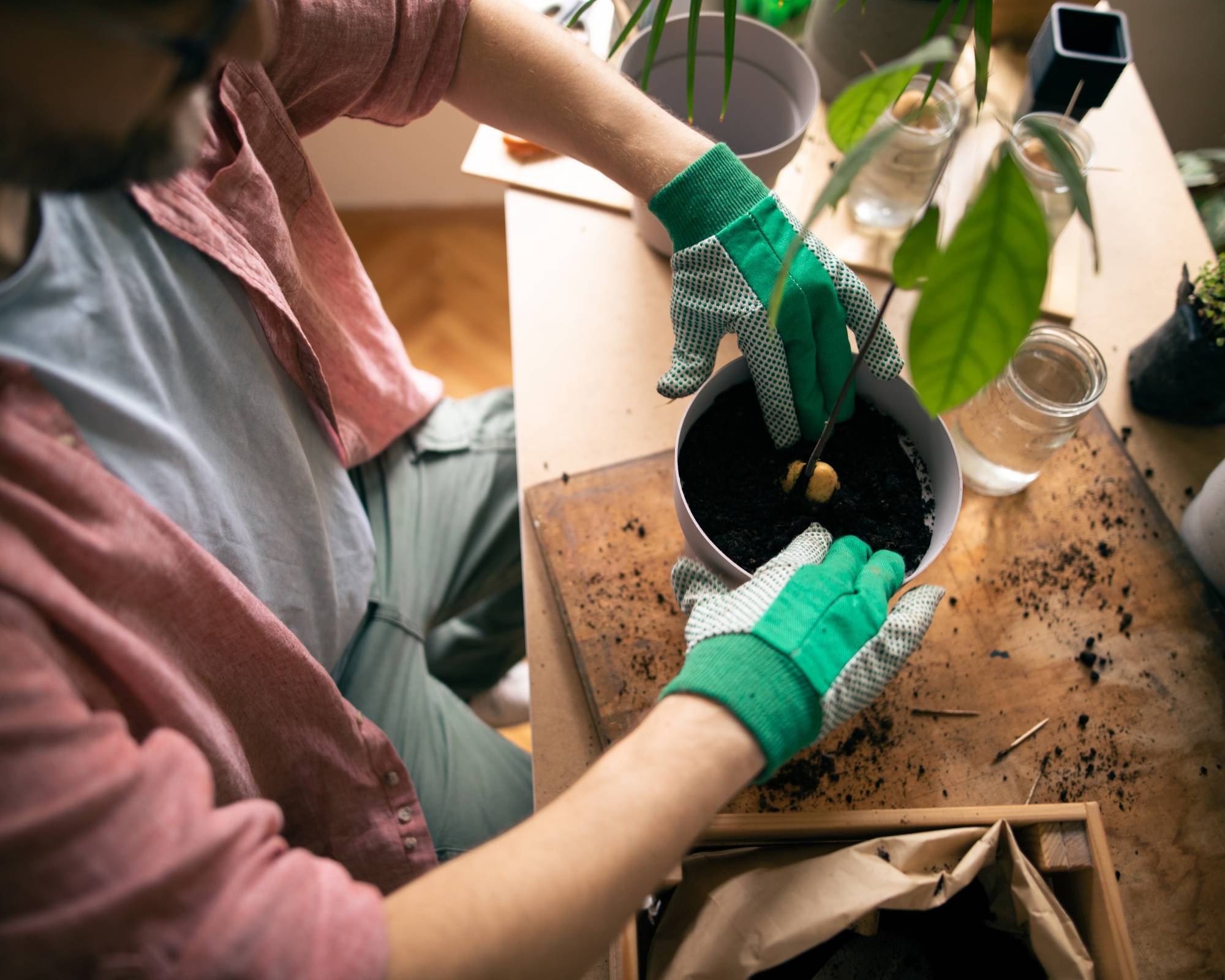
Once the seedling hits 8 to 12 inches (about 20 to 30 cm) with a few leaves, it’s ready for a bigger home. Pick a 10-inch pot (about 25 cm) with holes for drainage, filled with potting soil mixed with perlite. Lift the plant gently, keeping roots safe, and plant so the pit’s top peeks above the soil.
If you want to make use of your old eggshells, then mix in a spoonful of them crushed up into the soil. Avocados lap up the calcium, and it helps fend off rot. Water well after planting, then ease off to once a week, letting the top soil dry out between waterings.
Long-Term Care
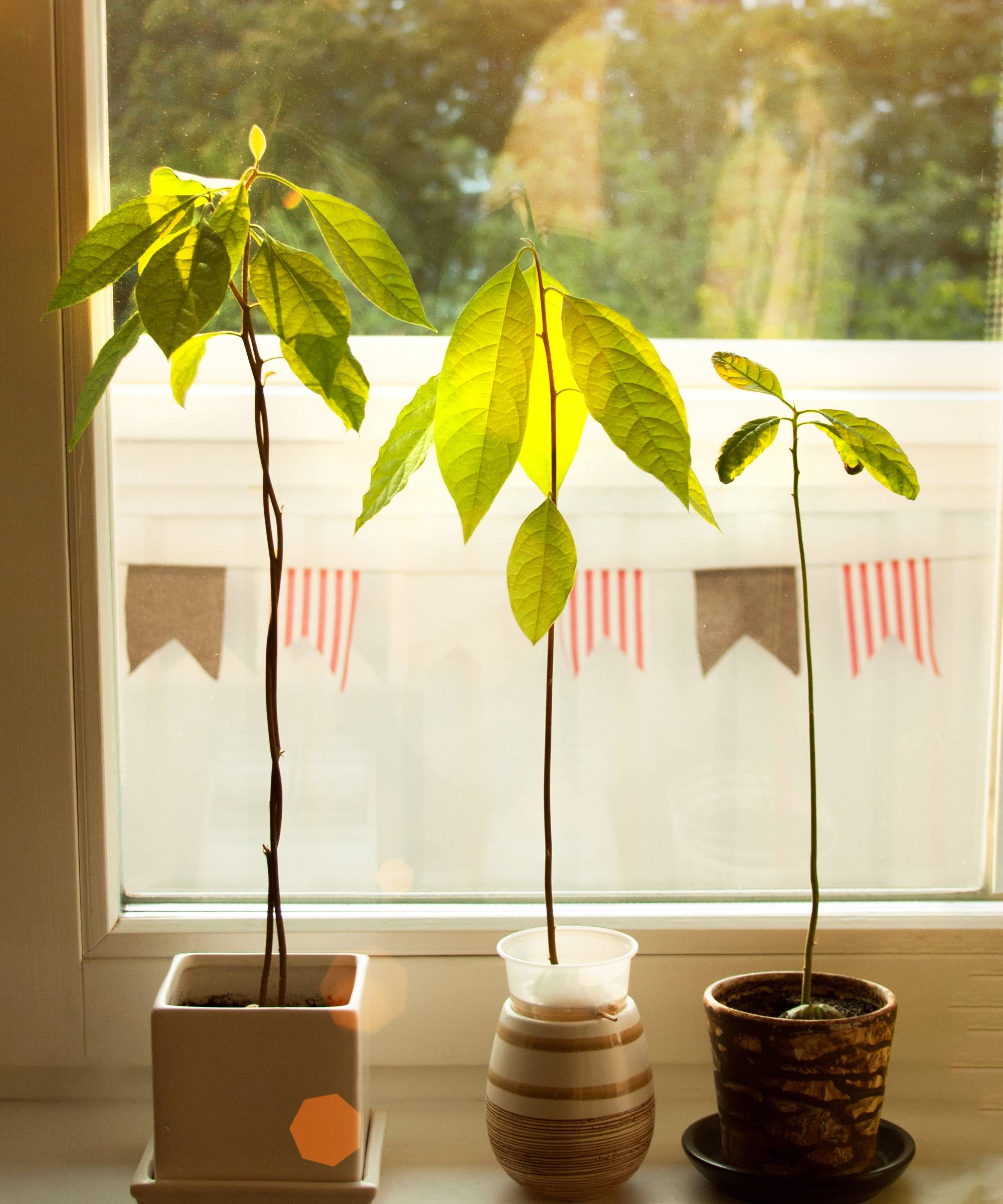
Avocado plants need steady love to keep growing. Set them in bright, indirect light. I recommend a south-facing window. Water it when the top inch of soil feels dry, avoiding soggy roots. If you overwater, then it will turn leaves yellow. Feed monthly with a balanced fertilizer in spring and summer.
Make sure to rotate the pot every week so the plant doesn’t lean hard toward the light. In warm spots like USDA zones 9 to 11, go ahead and stick the tree in the ground after a year. For indoor plants, keep those pruning shears handy and trim regularly to hold it at a tidy 3 to 5 feet (about 1to 1.5 m) as time rolls on.
Tips for Success
Pick a pit from a ripe, healthy avocado to dodge dud sprouts. Sterilize tools and pots with rubbing alcohol to avoid moldy messes. Keep water fresh for the toothpick method, and don’t let the pit dry out.
Good drainage is a must for potted plants. Wet soil kills fast. Warm spots, around 70F (21C), push sprouting and rooting along. These moves set up a strong avocado plant for the long haul.
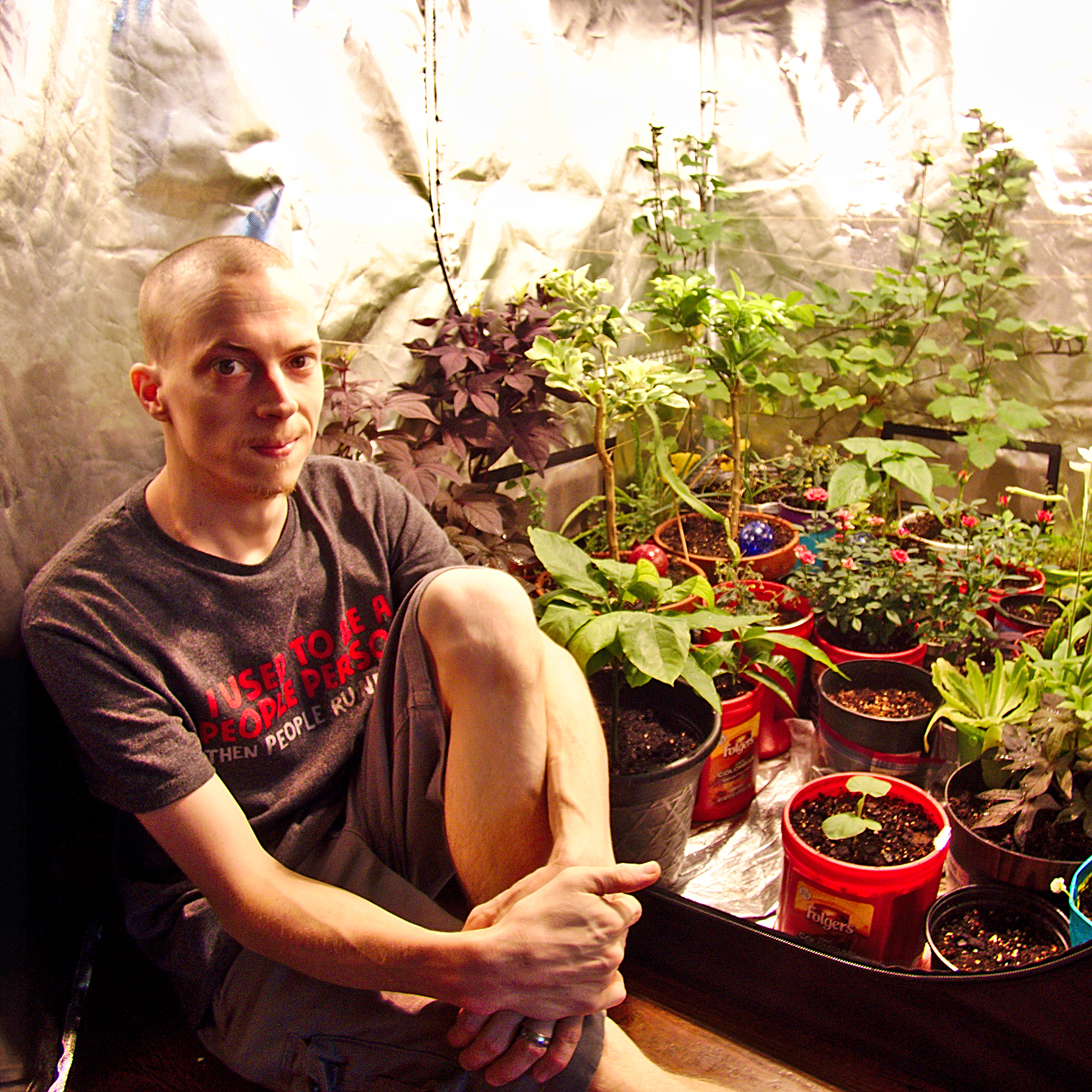
Tyler’s passion began with indoor gardening and deepened as he studied plant-fungi interactions in controlled settings. With a microbiology background focused on fungi, he’s spent over a decade solving tough and intricate gardening problems. After spinal injuries and brain surgery, Tyler’s approach to gardening changed. It became less about the hobby and more about recovery and adapting to physical limits. His growing success shows that disability doesn’t have to stop you from your goals.